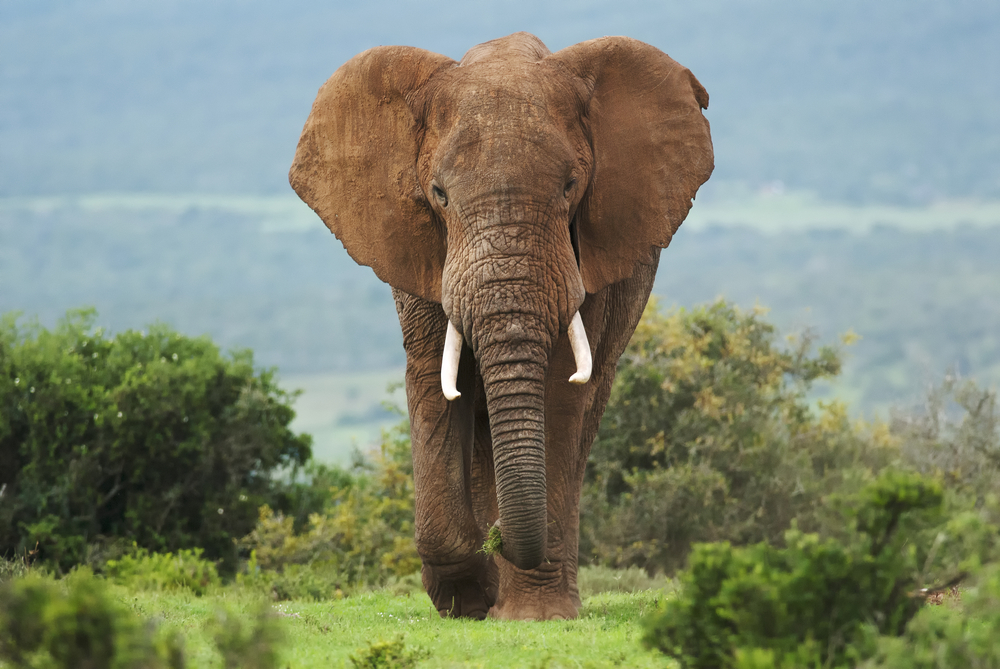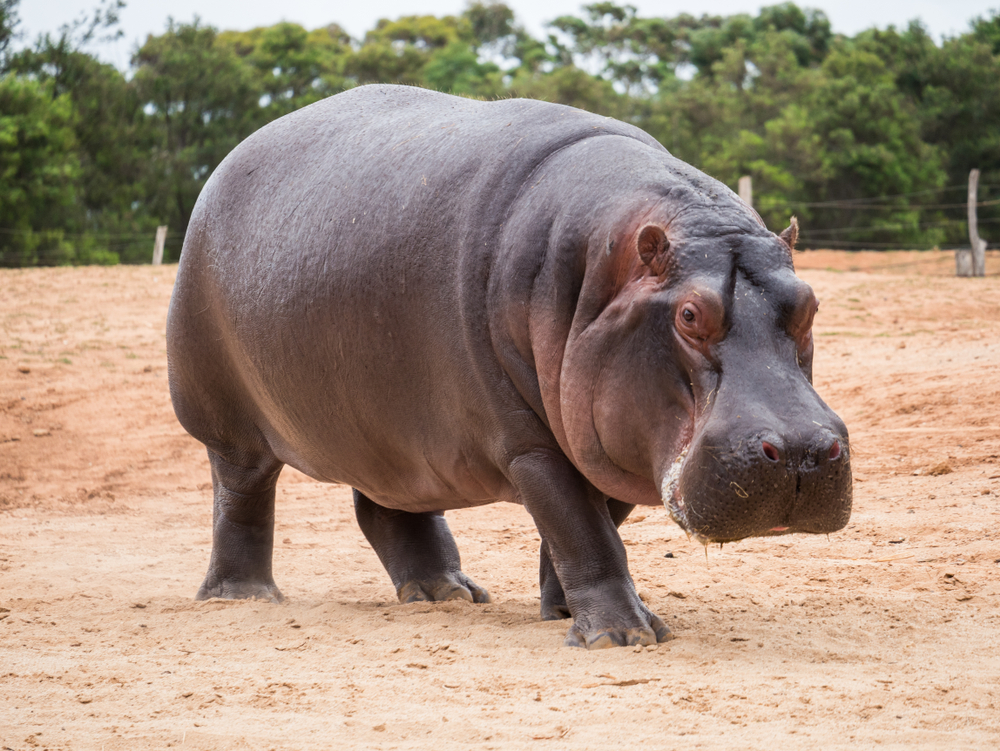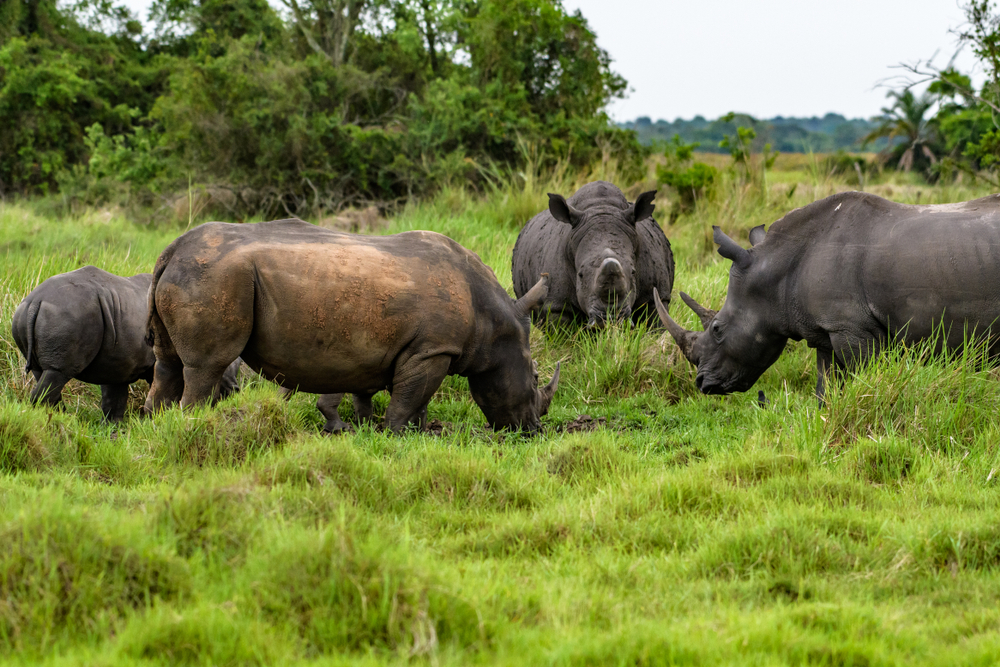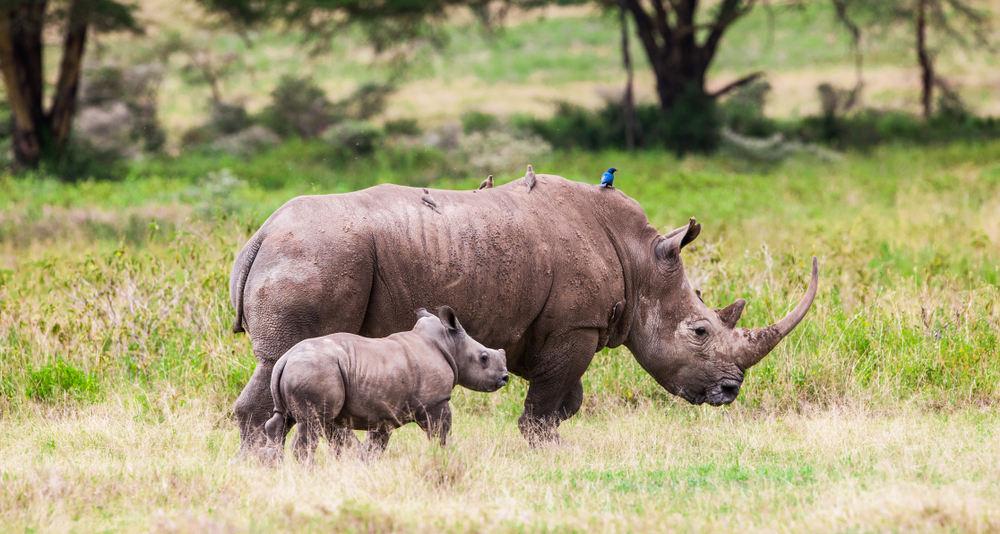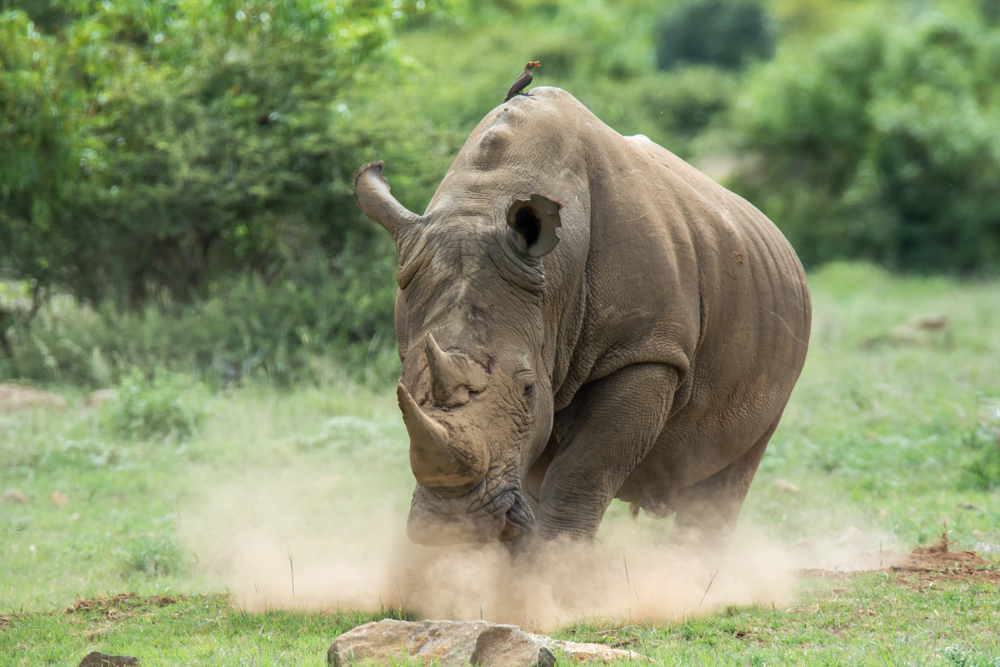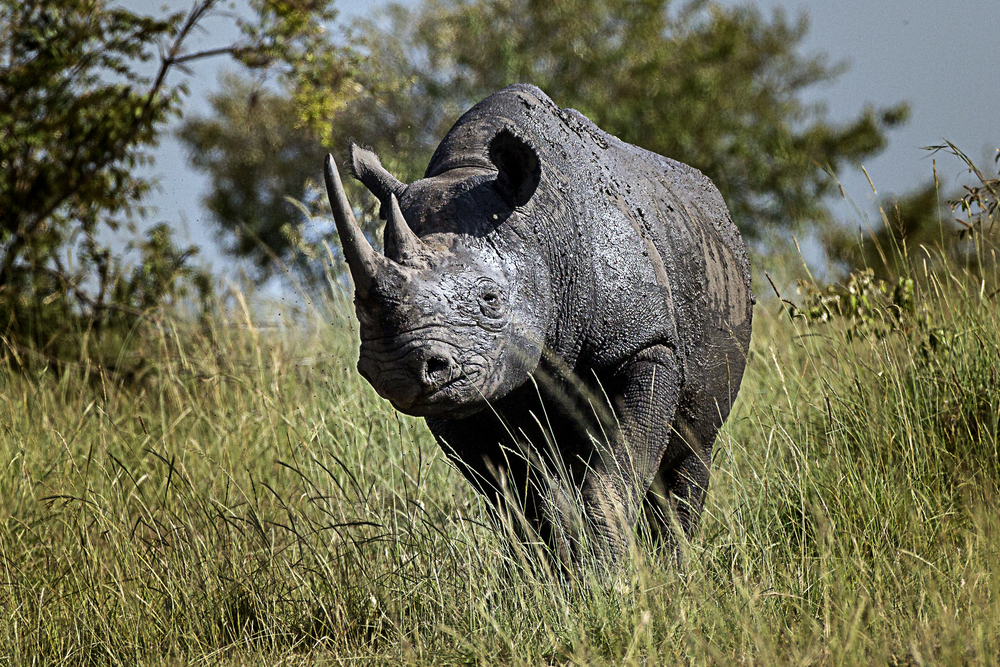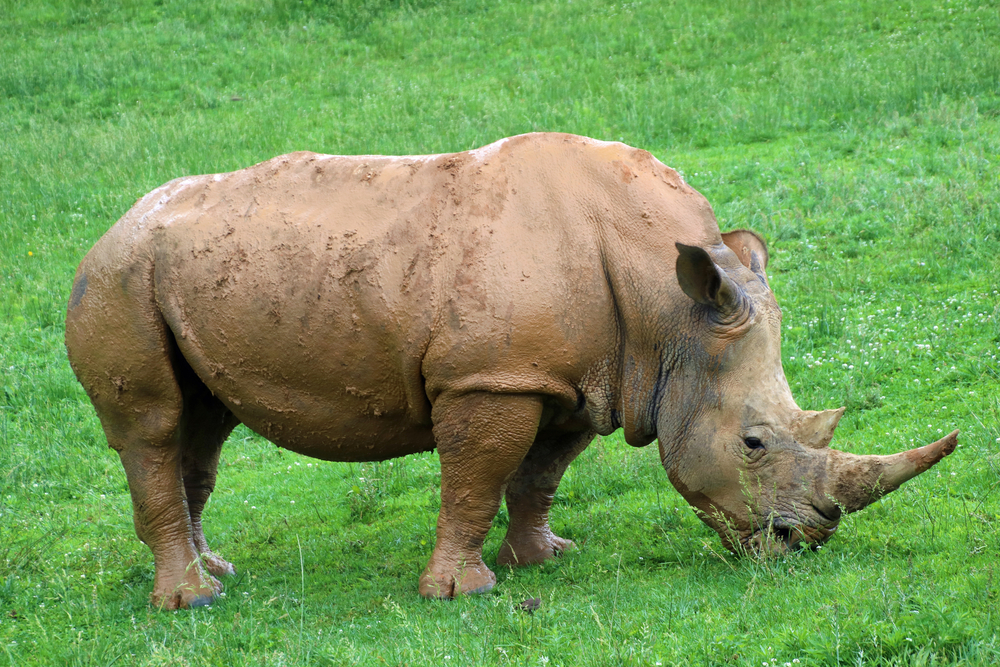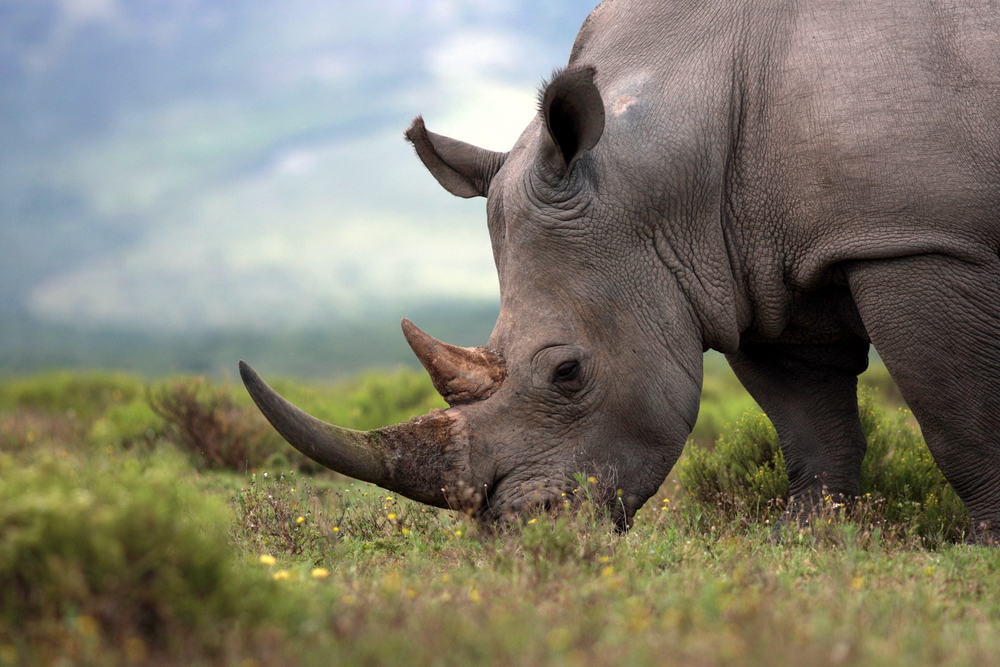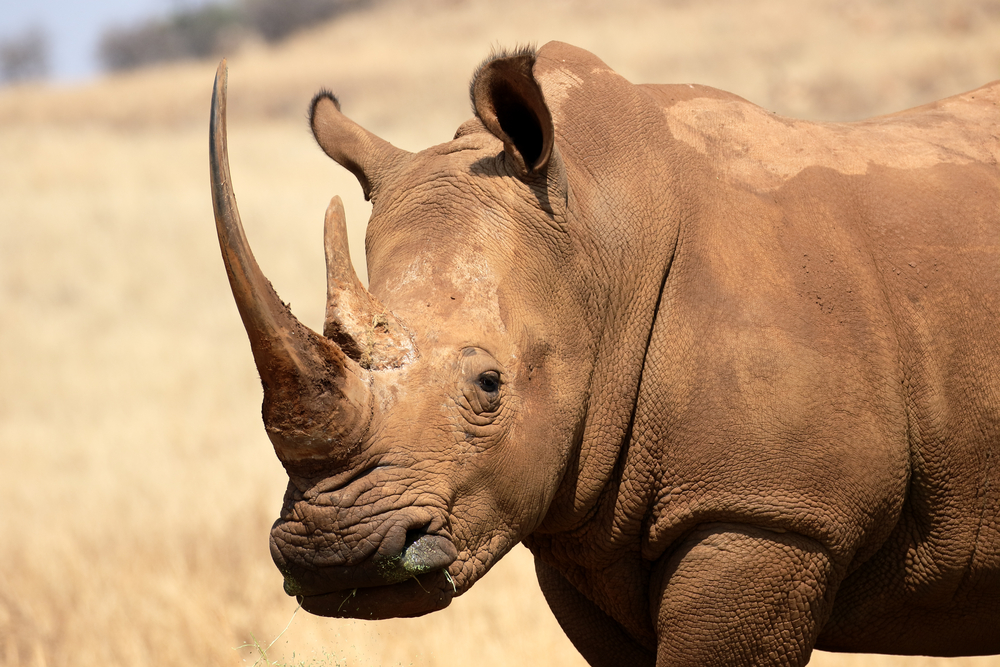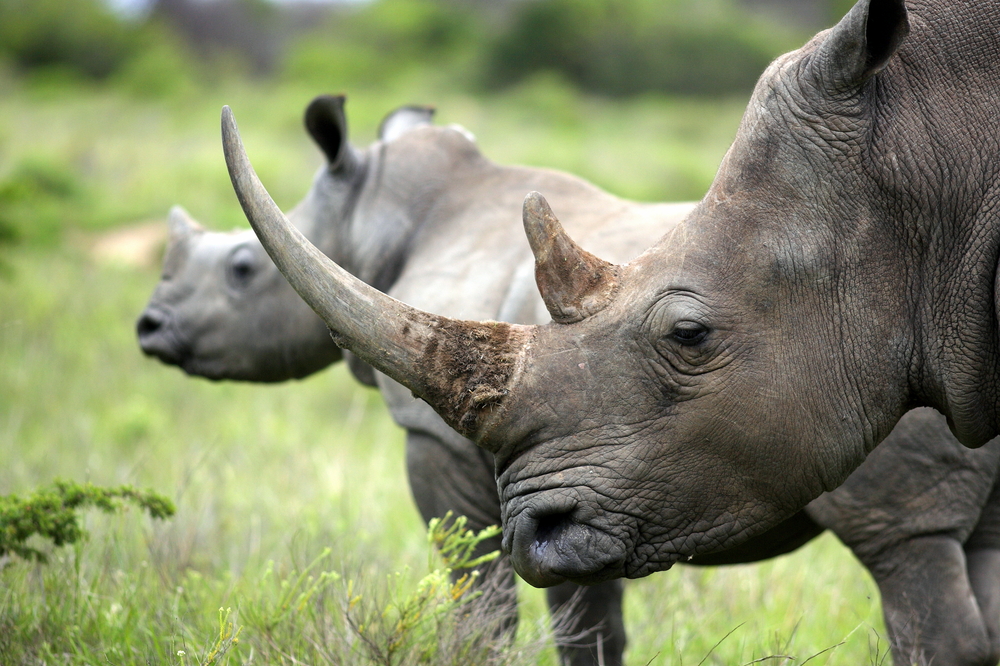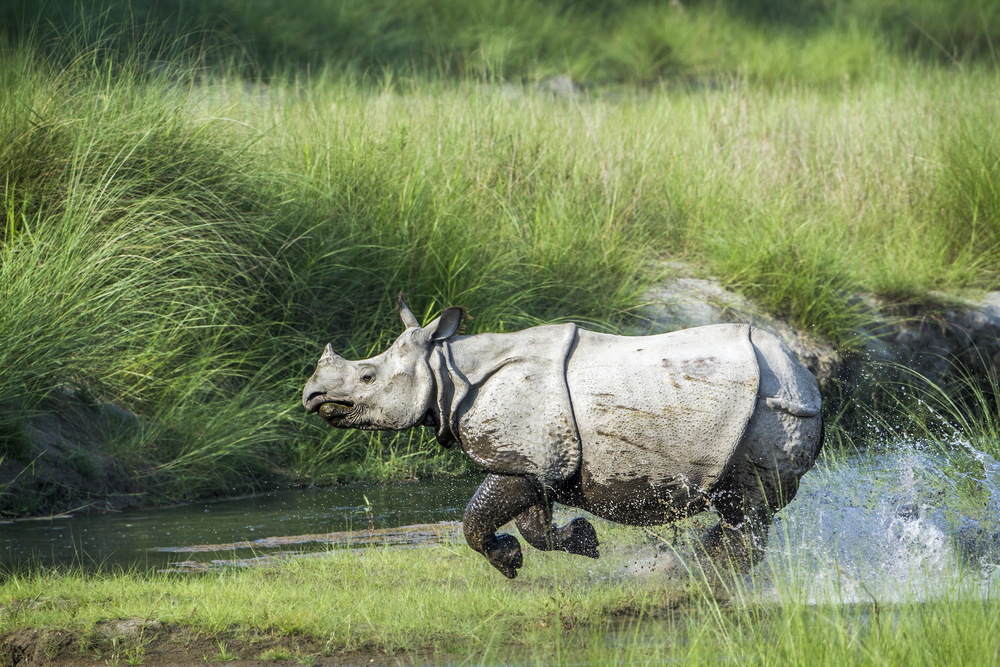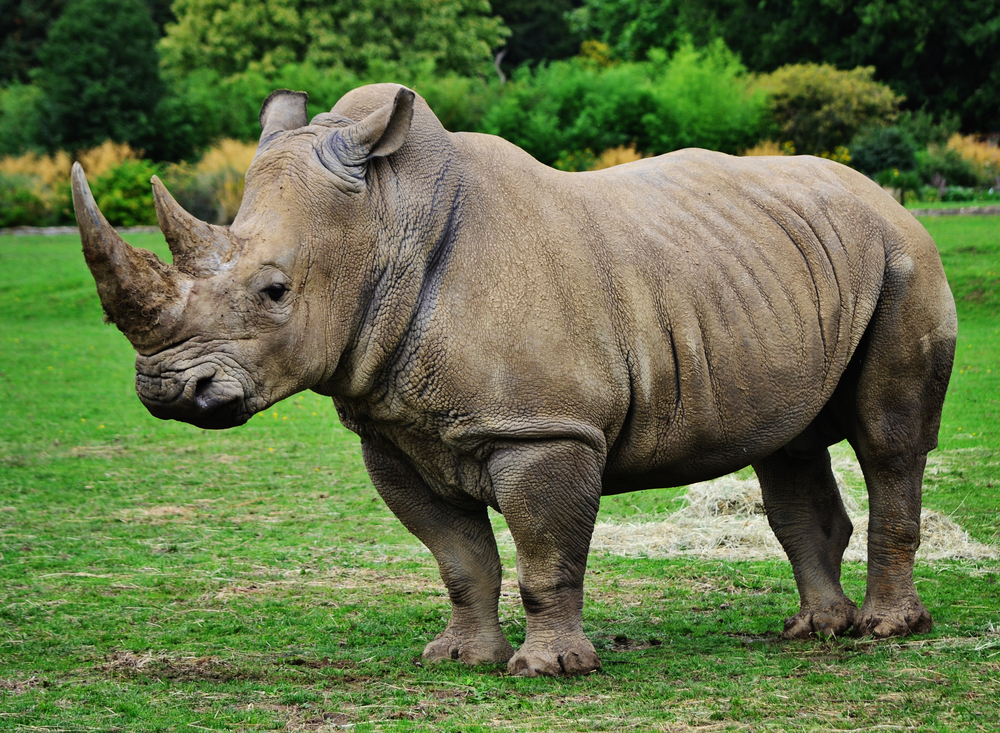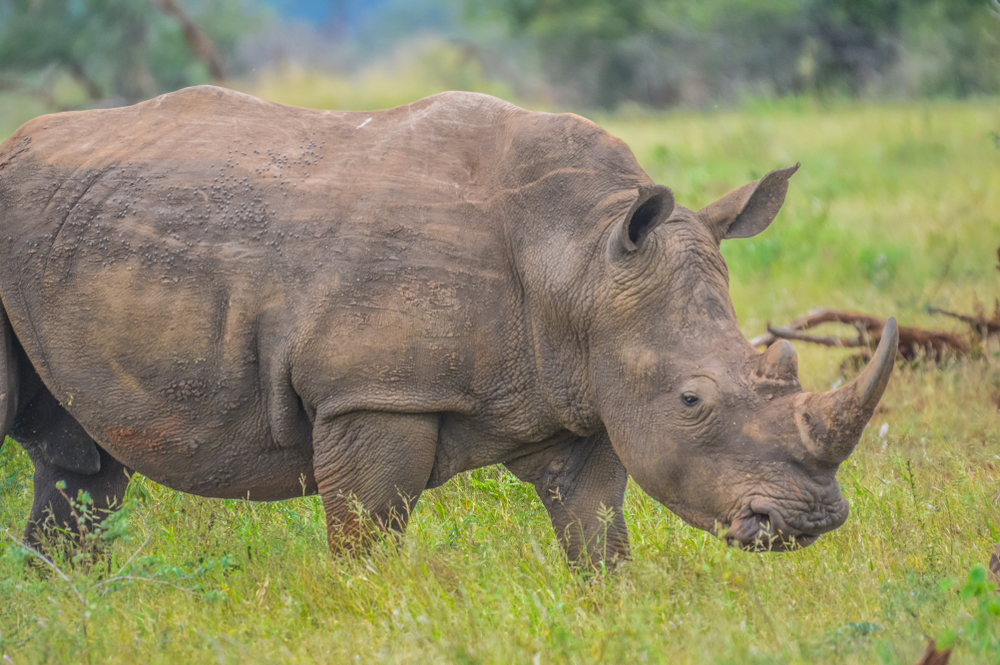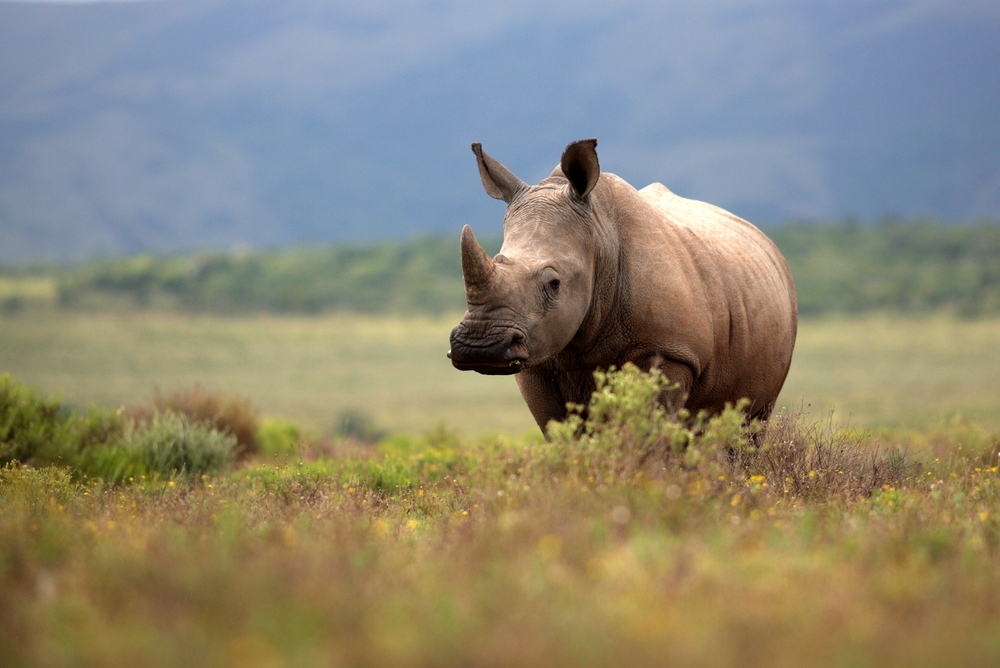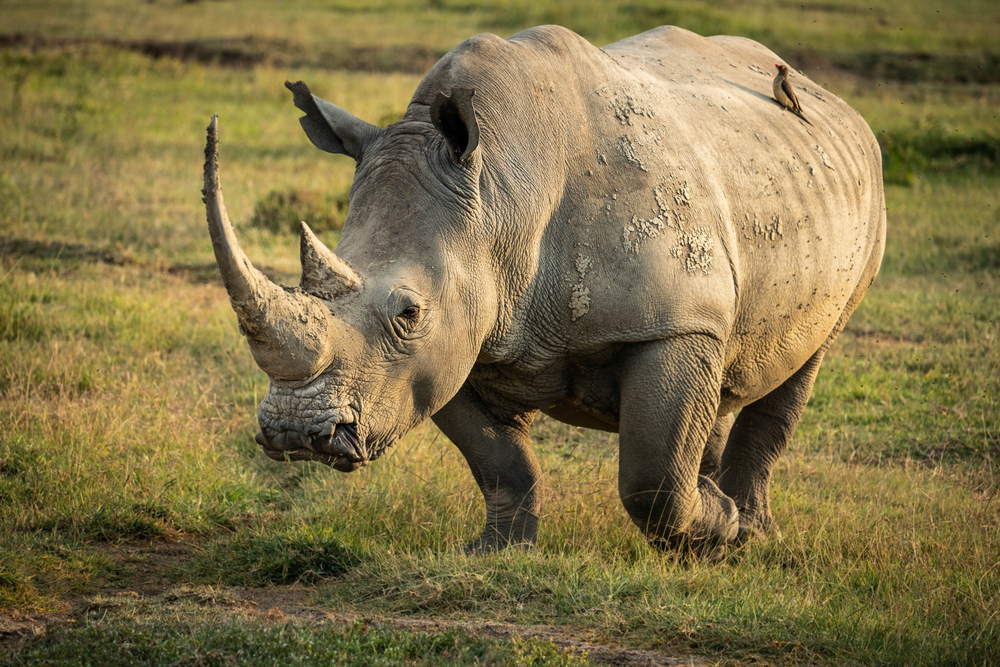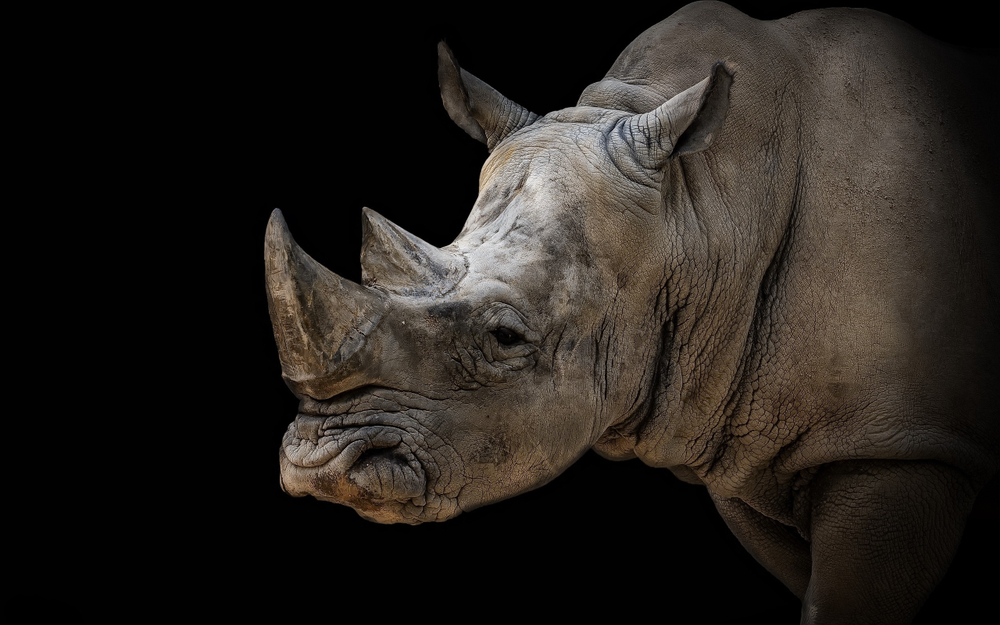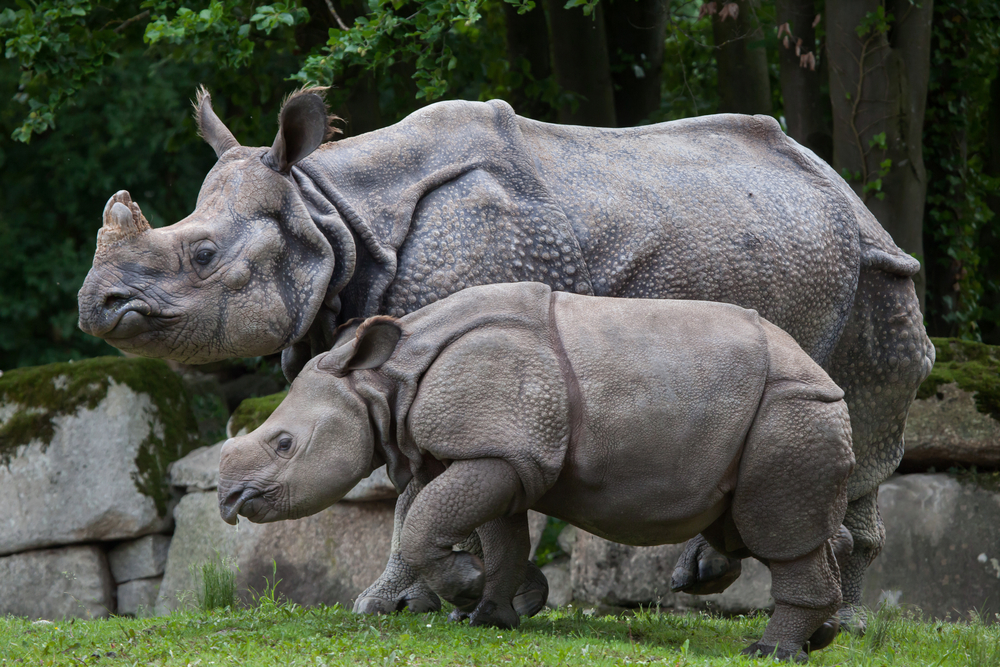The white rhinoceros and the black rhinoceros are two distinct species of rhinoceros, and despite their names, they exhibit several differences in their physical characteristics, behaviors, and habitats. Here are the key differences between the two species:
- Mouth Shape and Diet:
- White Rhinoceros (Ceratotherium simum):
- The white rhinoceros has a broad, flat mouth with wide lips, adapted for grazing on grasses.
- It is primarily a grazer, feeding predominantly on grasses.
- The name “white” is believed to be a mistranslation of the word “wijde,” which means “wide” in Dutch, referring to the rhino’s wide mouth.
- Black Rhinoceros (Diceros bicornis):
- The black rhinoceros has a pointed upper lip, which is prehensile and adapted for grasping leaves, twigs, and shrubs.
- It is primarily a browser, feeding on a variety of woody plants and vegetation, including leaves and branches.
- White Rhinoceros (Ceratotherium simum):
- Size and Physical Characteristics:
- White Rhinoceros:
- Larger and heavier than the black rhinoceros.
- Typically has a more square-shaped body.
- Can weigh between 1,800 to 2,300 kg (4,000 to 5,000 pounds) or more.
- Generally considered the second-largest land animal after the African elephant.
- Black Rhinoceros:
- Smaller and more compact in size compared to the white rhinoceros.
- Typically has a more pointed or angular appearance.
- Weighs between 800 to 1,400 kg (1,800 to 3,100 pounds).
- White Rhinoceros:
- Behavior:
- White Rhinoceros:
- Tends to be less aggressive and more social, sometimes forming loose groups.
- Often seen grazing in open grasslands.
- Black Rhinoceros:
- Generally more solitary and can exhibit aggressive behaviors.
- Prefers denser vegetation and bushy habitats.
- White Rhinoceros:
- Habitat:
- White Rhinoceros:
- Typically found in savannas, grasslands, and open plains.
- Prefers areas with ample grazing opportunities.
- Black Rhinoceros:
- Occurs in a wider range of habitats, including savannas, forests, and shrublands.
- Often inhabits more densely vegetated areas.
- White Rhinoceros:
- Conservation Status:
- Both white and black rhinoceroses are endangered due to poaching for their horns and habitat loss.
- Black rhinoceros populations have been more severely impacted, with some subspecies critically endangered.
In summary, the white rhinoceros and black rhinoceros are distinct species with differences in their mouth shape, diet, size, behavior, habitat preferences, and conservation status.
While both face significant threats to their survival, the black rhinoceros, in particular, has experienced a more substantial decline in population numbers. Conservation efforts are crucial to protect these unique and endangered creatures.




































































